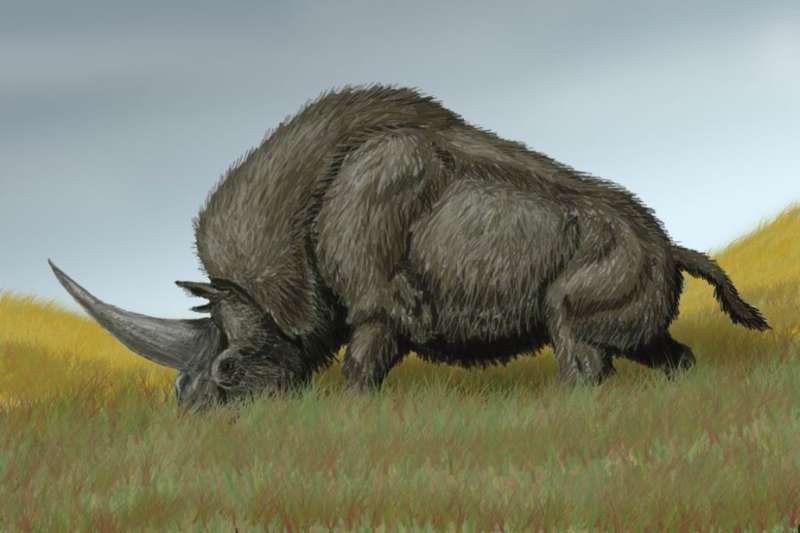When myth meets reality: fabled beasts and real-life creatures

Fantastic creatures have fascinated humans for thousands of years. When a new skeleton of the extinct horned mammal Elasmotherium sibiricum was discovered recently, its common name –the "Siberian Unicorn" – quickly resurfaced. But this "unicorn" was very different to the creature of Western mythology.
Although the new fossil suggests these creatures roamed the steppes of Kazakhstan as little as 29,000 years ago, they were more like giant hairy rhinos than the legendary white horses crowned with narwhal tusks. Elasmotherium may have lived alongside humans, but that doesn't mean they must have been the source of our unicorn stories. Similarly, when we look for the origins of other supposedly mythological monsters, we can sometimes find parallels with real animals and sometimes we find clues they were simply products of a lively imagination.
Sailors throughout history brought back reports of mermaids and these were most likely based on sightings of dugongs or manatees, large sea mammals with forelimbs and turnable heads. Even Christopher Columbus is thought to have confused them with mermaids having "masculine traits".
By the 19th century, fairground owners claimed to have acquired specimens of mermaids and mermen that more closely appeared to match the creatures of legend. It was a heyday of belief in mythological creatures when Europeans became more aware of many extinct species and exotic animals from the rest of the world that seemed to explain the origins of many myths.
Of course, the fairground mermaids were fakes. They typically consisted of the dried, shrivelled torso of a monkey stitched to the body of a fish, probably a salmon. It is difficult to see how anyone could be convinced by such an object, even in a dimly-lit fairground tent, yet they were popular and there was a small industry based in Japan for producing these exhibits.
Sea monsters and dinosaurs
Other legendary marine creatures include the monster known as the kraken, which may well have been inspired by the giant squid, and various sea serpents. Philip Henry Gosse, the Victorian naturalist, described evidence of sea serpents from many sources in his book The Romance of Natural History. He concluded that sightings were best explained by living plesiosaurs, marine cousins to the dinosaurs, whose fossils were becoming well known in the early 19th century.
A similar explanation has been proposed for sightings of large reptile-like monsters in lakes, one of the most famous being in Loch Ness in Scotland. The 20th century produced eye-witness reports and a famous photograph, but a great deal of wishful thinking is needed to view them as convincing. More to the point, the likelihood of small breeding populations of these supposed plesiosaurs for over 60 million years is tiny.
Similarities to giant reptiles can also be seen in dragons, and the term has been applied to animals that are still alive today. But while the real-life Komodo dragon (Varanus komodoensis), a monitor lizard that exceeds 2 metres in length, is impressive, it differs dramatically from the creatures of legend such as the one supposedly slain by St George. These are portrayed as having bat-like wings in addition to forelegs (true dragons), or the forelimbs transformed into wings (wyverns), just as happened when birds evolved from their reptile ancestors.
There may be paintings, sculptures and 34 separate references to dragons in the Bible, but there is no scientific evidence that anything like these animals ever existed. The same can be said for angels with bird wings or fairies with insect wings.
Human culture has always had mythology and we have a need to produce explanations of things that we do not understand. We like the idea that there are other worlds that can be contacted through mythological creatures but also like to feel fear at a safe distance. As a result, the line between fantasy and reality can become blurred, making it harder to know where one ends and the other begins.
Source: The Conversation
This article was originally published on The Conversation. Read the original article.
![]()

















